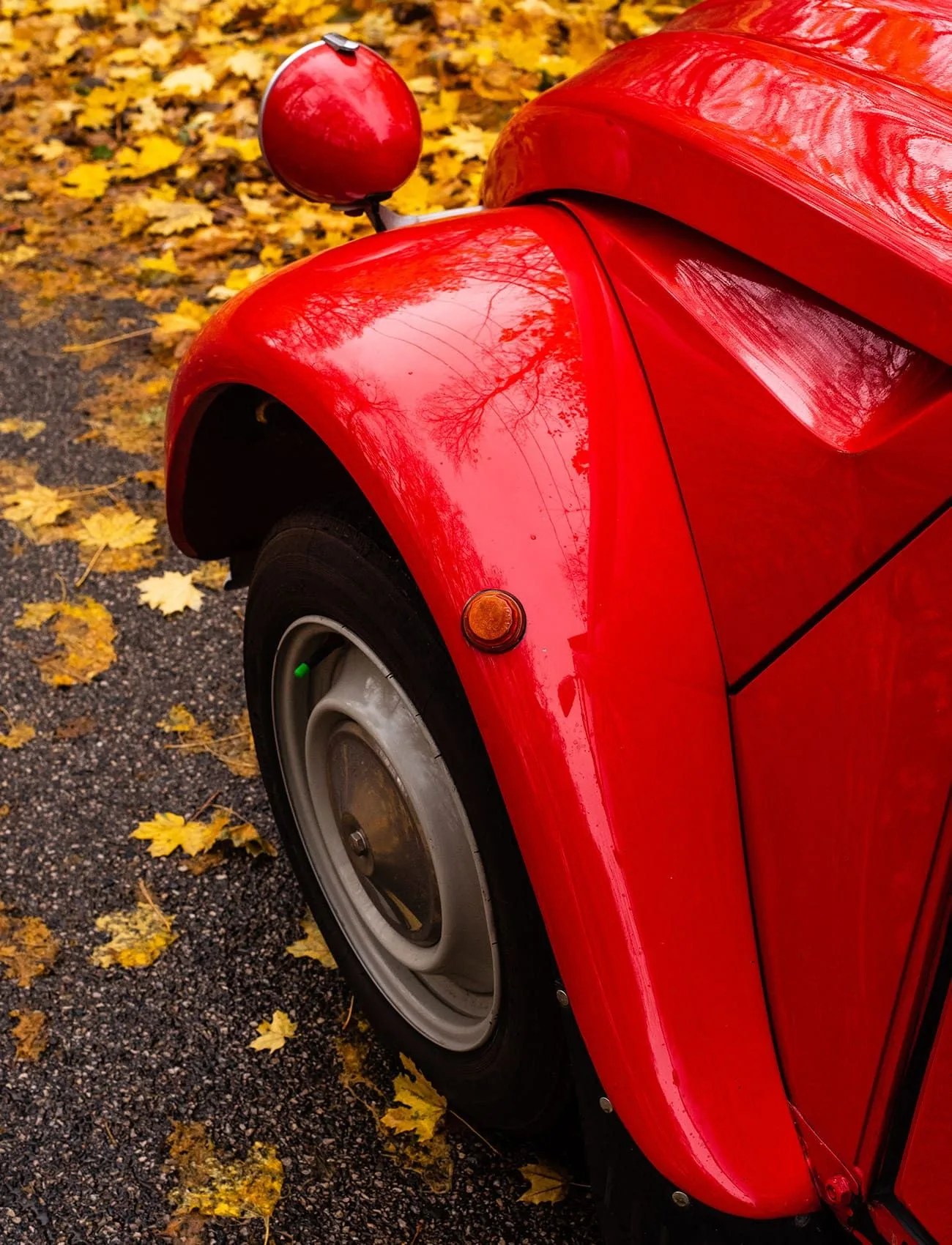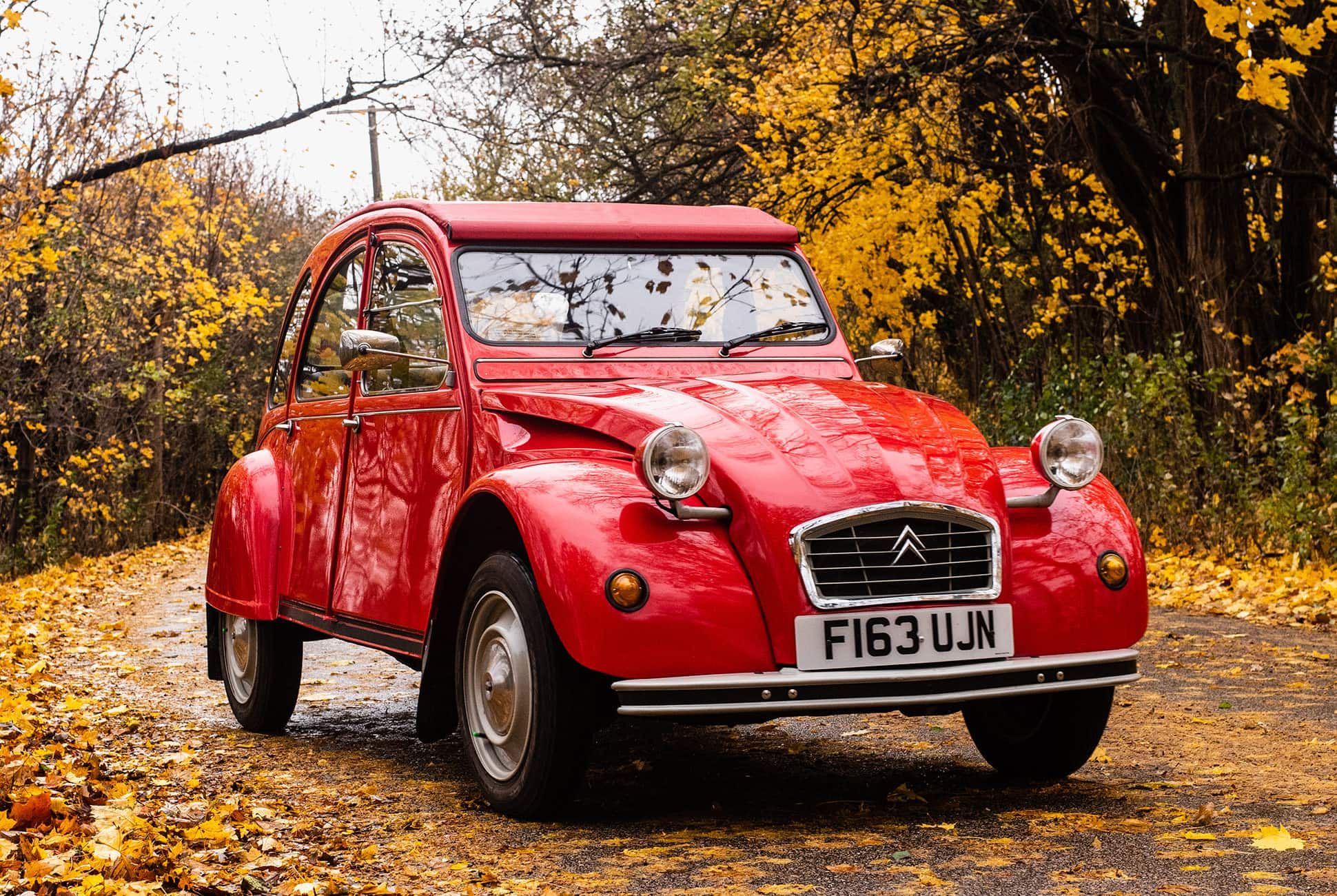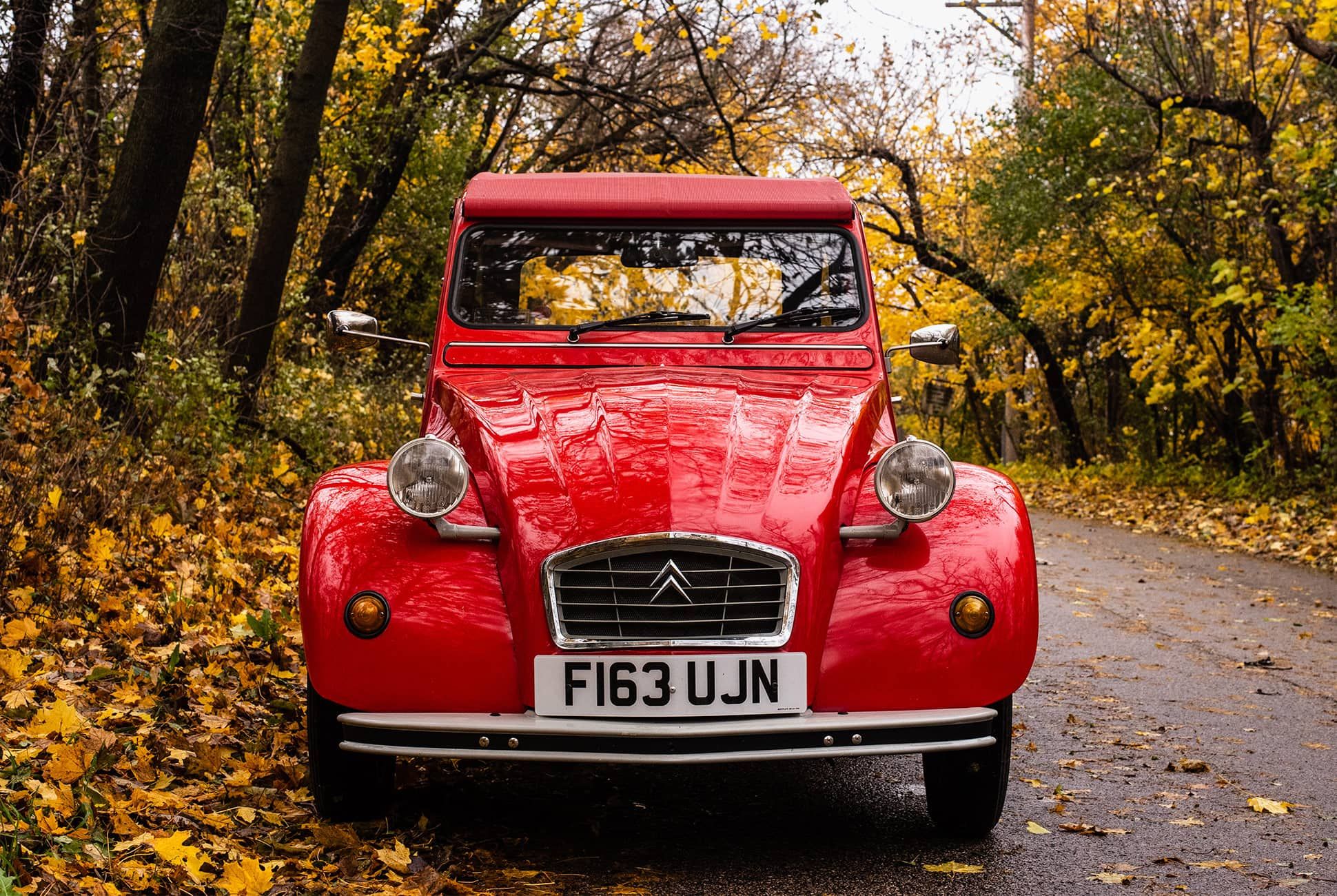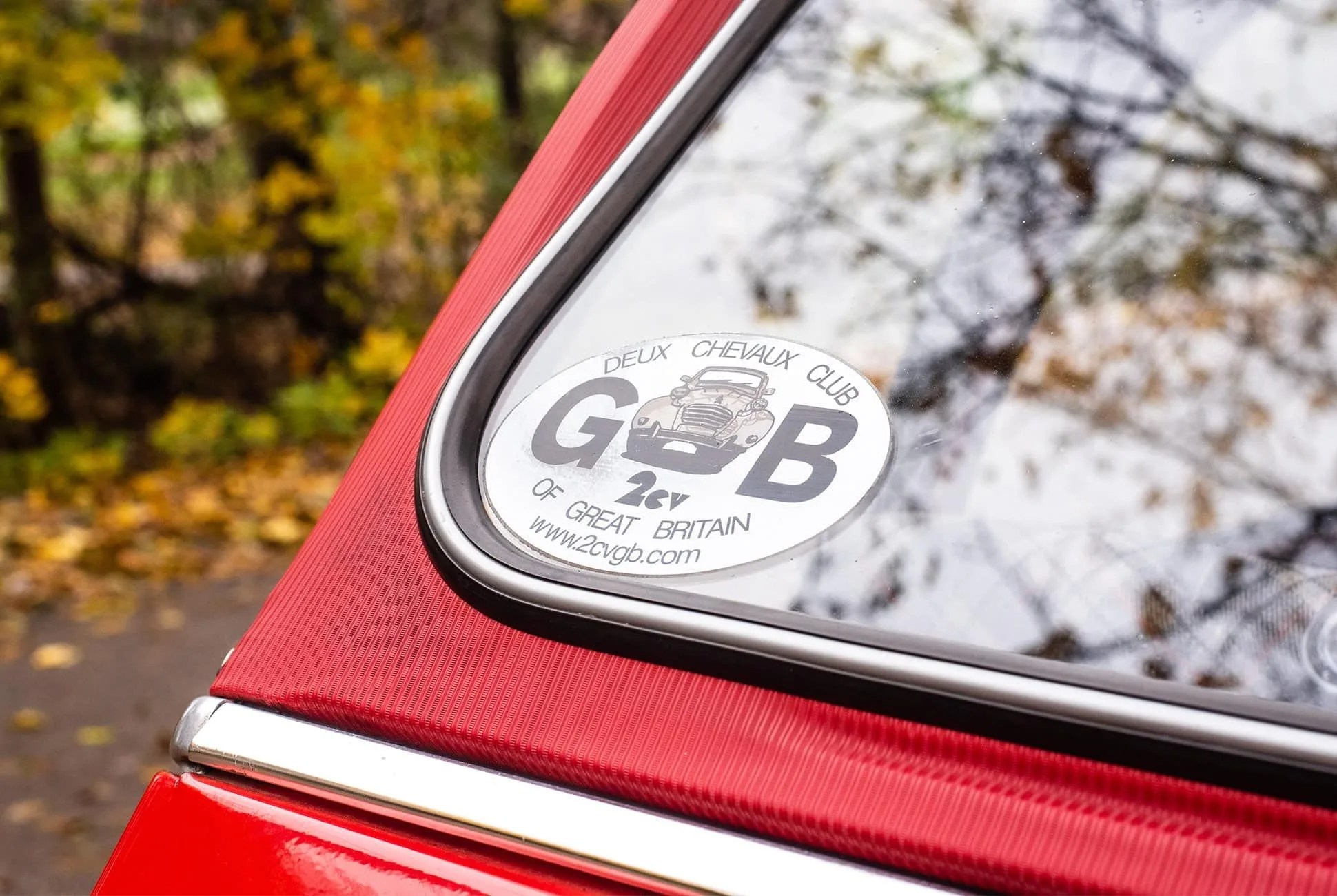10 original photos
On October 8th, 1948, the Citroën 2CV debuted at the Paris Motor Show to an unimpressed crowd. One American purportedly remarked upon its reveal, “Does it come with a can-opener?” Meanwhile, a correspondent for Autocar called it “the work of a designer who has kissed the lash of austerity with almost masochistic fervor.” Despite the kneejerk criticism, though, the 2CV was a hit with the buying public and remained in production for over 40 years. Today it is as synonymous with France as a Breton shirt, the Eiffel tower, a smoky corner cafe or a flaky croissant.
Of course, austerity was pretty much the entire point of the 2CV, and to fully understand why, you’d have to go back to the very beginning of its development: 1936, a time when the rural dwelling French still relied on horse-drawn carriages, and even the humblest cars were priced out of reach. Wanting to create a true car of the people, Citroën Vice-President Pierre Boulanger challenged his team to create an “umbrella on wheels” of sorts, a minimalist car that was cheap to buy and so stupidly simple it could be easily repaired and maintained, even on a shoestring budget.
His design brief went something like this: The car should carry four people, and 50 kilos of potatoes (or a keg of beer, depending on who you ask) at 60 kph while consuming three liters of fuel for every 100 kilometers. Similarly, it should be able to traverse rugged terrains and drive through a freshly-plowed field without cracking a basket of eggs. Looks were more or less irrelevant.
The product of this brief was the TPV (Toute Petite Voiture, or “Very Small Car”), a rudimentary, aluminum-bodied car with hammock-like seats that hung from the interior ceiling. The TPV was set to debut at the 1939 Paris Auto show, but once France had declared war Germany, the project was scrapped. All working prototypes of the TPV were either dismantled, buried or hidden away. Boulanger didn’t want to see his creation seized and become a part of the Nazi war machine.

After the war, France was in much worse position to mobilize its people, and just about 100,000 of France’s two million pre-war cars in France were left. What’s more, the government instituted a “Plan Pons” to regulate car production with scarce materials which, in short, limited Citroën to only producing the more upscale Traction Avant. It wasn’t until the government disbanded this plan that the 2CV could come back to fulfill its original vision, though revised with a redesigned steel body (aluminum was too expensive at this point), steel-tubed seats with rubber support (instead of roof-mounted hammocks) and a 375cc air-cooled flat-twin engine producing nine horsepower and achieving a top speed of around 35 miles per hour.












